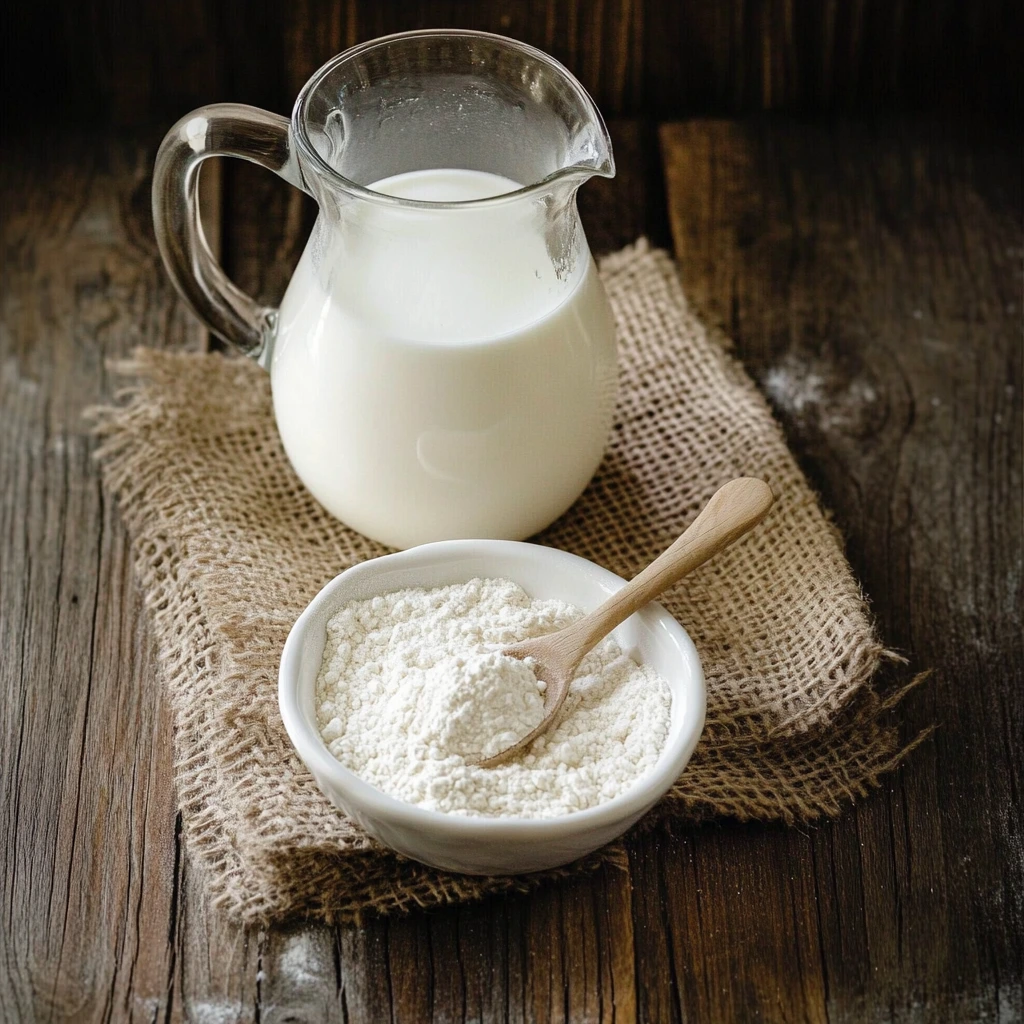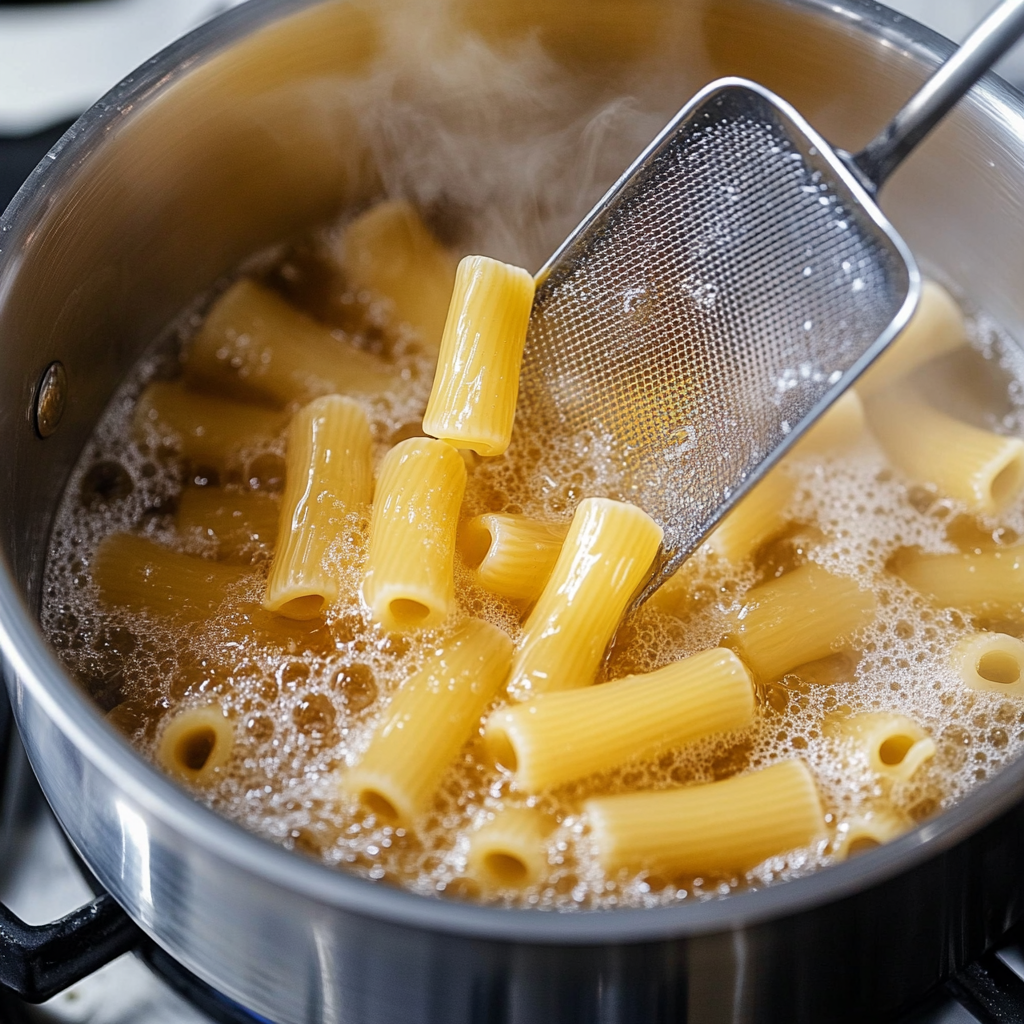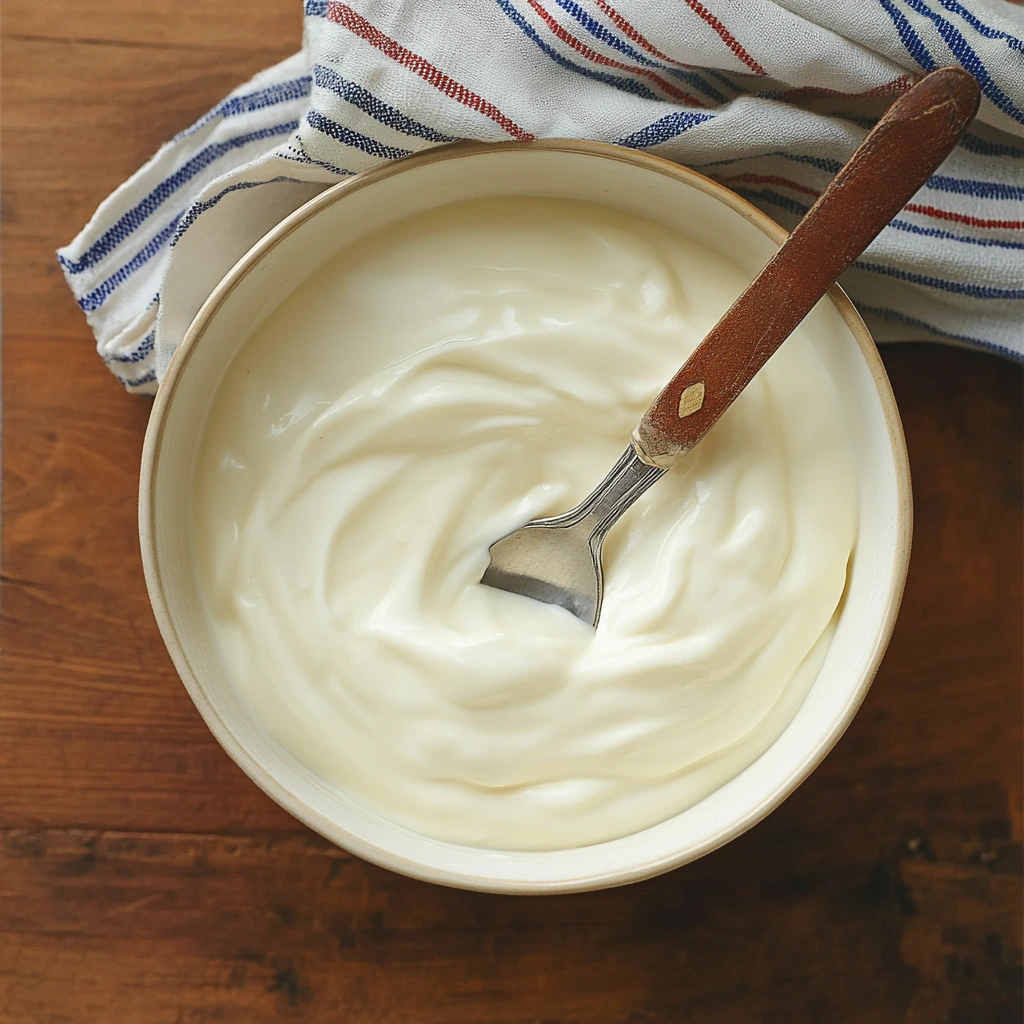Alright, let’s be real for a second: Macaroni and cheese is the ultimate comfort food. Whether it’s straight from a box or made from scratch, there’s something magical about that creamy, cheesy goodness. But sometimes, things don’t go as planned, and you’re left wondering, how do you thin out mac and cheese? Ugh. Don’t worry, though—there are plenty of ways to thin it out and get that perfect saucy consistency back without sacrificing flavor.
In this post, I’ll break down everything you need to know about thinning out mac and cheese, share a few handy tips, and even throw in some FAQs at the end to keep you covered. Let’s dive in!
Table of Contents
Table of Contents
Why Is My Mac and Cheese So Thick?
One of the most common questions in the kitchen is, “How do you thin out mac and cheese?” The answer often depends on what you have on hand and how thick the dish is. Whether you use milk, broth, or even pasta water, you can easily adjust the sauce to your liking.
Before we jump into solutions, let’s figure out why this happens in the first place. By the way, if you’re curious, here’s what pasta Tini uses for mac and cheese to keep it perfect! Here are a few common culprits:
- Too Much Cheese or Flour: While cheese is the star of the show, too much of it (or the roux base made with flour) can make your sauce overly thick.
- It’s Cooled Down: Mac and cheese thickens as it cools—science, baby. Cheese and starches set up when they’re not hot.
- Not Enough Liquid: If you skimped on milk, cream, or broth during the cooking process, the sauce might be too dense.
- Leftovers Gone Wrong: Reheated mac and cheese tends to dry out. It’s like a rule of leftovers.
Sound familiar? Don’t sweat it. There’s a fix for every scenario.
The Best Ways to Thin Out Mac and Cheese
Now let’s talk solutions. Here are tried-and-true methods for thinning out mac and cheese, depending on what you have on hand.
1. Add Milk or Cream
This is the most obvious solution, but it’s also the most effective. Milk and cream are already in most macaroni and cheese recipes, so adding more won’t mess with the flavor.
How to do it:
- Warm up about ¼ cup of milk or cream per serving in the microwave or a small saucepan.
- Stir it in gradually while the mac and cheese is on low heat.
- Keep mixing until you get the consistency you’re after.
Pro tip: If you don’t want to dilute the flavor, use the same kind of milk or cream you used in the original recipe.

2. Use Broth for a Savory Kick
If you’re looking to add a little extra depth to your mac and cheese, broth is a fantastic option. Chicken, vegetable, or even beef broth works depending on your taste.
How to do it:
- Heat up the broth (you don’t want to cool down the dish).
- Add it slowly to the mac and cheese, stirring until it loosens up.
This method is great for boxed mac and cheese, where the cheese flavor can handle a savory boost.
3. Mix in Some Pasta Water
If you’ve just made the pasta, don’t pour all that water down the drain! Pasta water is starchy, so it helps thin out the sauce without making it watery.
How to do it:
- Save a cup of pasta water before draining your noodles.
- Add a splash at a time to your mac and cheese, stirring over low heat.
This is a lifesaver if you’re still cooking everything in the same pot.

4. Melt in a Bit of Butter
Butter is like a miracle worker in the kitchen. It adds flavor and richness while helping loosen up thick sauces.
How to do it:
- Cut up a tablespoon or two of butter.
- Stir it into the hot mac and cheese until it melts completely.
This method works best if you don’t want to add extra liquid.
5. Try Sour Cream or Yogurt
This might sound a little unconventional, but trust me—it works! Sour cream or plain Greek yogurt adds creaminess while helping to thin out the sauce.
How to do it:
- Warm up a couple of tablespoons in the microwave or on the stove.
- Stir it into your mac and cheese until it’s blended.
Bonus: This method adds a slight tanginess, which can balance out the richness of the cheese.

6. Cheese Sauce Hack: Make More Sauce
If you’ve got the time and ingredients, you can whip up a small batch of cheese sauce to add to your mac and cheese. Need ideas? Here’s what cheese Tini uses for an amazing flavor boost! This way, you’re not just thinning it—you’re making it even cheesier.
How to do it:
- Make a quick roux with butter and flour, then add milk and cheese.
- Stir the new sauce into your mac and cheese.

This is the go-to move if your dish is really struggling.
How to Avoid Thick Mac and Cheese in the Future
Once you’ve rescued your mac and cheese, the next step is making sure it doesn’t happen again. Here’s how:
- Follow the Recipe: I know it’s tempting to wing it, but sticking to the measurements will save you a lot of hassle.
- Don’t Skip the Liquid: Make sure there’s enough milk, cream, or broth to keep the sauce smooth.
- Serve It Hot: Mac and cheese is best when it’s fresh off the stove. If you’re making it ahead, reheat it gently with a splash of milk.
- Save Pasta Water: Always keep some pasta water handy, just in case.
FAQs
If your mac and cheese is too thick, the best way to fix it is by adding a liquid. Warm up a bit of milk, cream, or broth (about ¼ cup at a time) and stir it into the mac and cheese while it’s over low heat. Keep adding until you reach your desired consistency. If you saved some pasta water, that’s an excellent option too, as the starch will help maintain the sauce’s creaminess. Butter or a bit of sour cream can also help loosen it up while adding flavor.
If your mac and cheese is too watery, you can thicken it with a few simple tricks:
Simmer It: Let the mac and cheese cook on low heat, stirring occasionally, to let some of the excess liquid evaporate.
Add Cheese: Grate a little extra cheese and stir it in to absorb the liquid and thicken the sauce.
Make a Roux: If the sauce is really thin, you can make a quick roux (butter and flour cooked together) and mix it into the dish to thicken it up.
Add Breadcrumbs: If it’s baked mac and cheese, sprinkle breadcrumbs on top and bake it a little longer. This will help soak up the liquid and add a crispy topping.
Too much cheese might sound like a dream, but it can overpower the dish and make it feel heavy. Here’s how to fix it:
Balance It With Liquid: Add a little milk, cream, or broth to dilute the cheese and mellow out the flavor.
Add Pasta: If you’ve got extra cooked pasta, mix it in to balance out the cheese-to-pasta ratio.
Include Mix-Ins: Toss in cooked vegetables (like broccoli or peas), shredded chicken, or crispy bacon to cut through the cheesiness and add variety.
To make cheese sauce more liquidy, try one of these methods:
Add Milk or Cream: Warm the liquid first, then slowly stir it into the sauce while it’s over low heat.
Use Broth: For a lighter option, add a bit of chicken or vegetable broth to loosen up the sauce.
Reheat Gently: Heat the cheese sauce on low while adding the liquid. High heat can cause the cheese to separate, so take it slow.
Avoid Over-Thickening Ingredients: If the sauce started out too thick, be mindful of how much cheese or flour you’re using in the future.
Conclusion
Mac and cheese is one of those dishes that just feels like a warm hug in a bowl—until it doesn’t turn out quite right. Whether it’s too thick, too watery, or even a little too cheesy, the good news is that it’s almost always fixable. By using simple ingredients like milk, broth, or butter, and making a few tweaks, you can get it back to that perfect creamy, dreamy consistency.
Cooking isn’t always about perfection—it’s about enjoying the process and knowing how to adapt when things go sideways. So, the next time your mac and cheese doesn’t turn out exactly how you planned, don’t stress. Armed with these tips, you’ll have it tasting amazing in no time. And let’s be honest, even “imperfect” mac and cheese is still pretty darn good.If you’ve ever struggled with thick mac and cheese and thought, “How do you thin out mac and cheese?”, now you know it’s easier than you think. By using these simple tips, you can rescue your dish and enjoy every cheesy bite. Mac and cheese should be comforting, not stressful!
Got your own tips for fixing mac and cheese? Share them below—I’d love to hear your secrets to keeping this comfort food classic as delicious as ever! And if you’ve ever wondered how do you thin out mac and cheese, let me know which method worked best for you!
Want even more delicious ideas? Check out our Pinterest page for mouthwatering recipes and kitchen tips!

